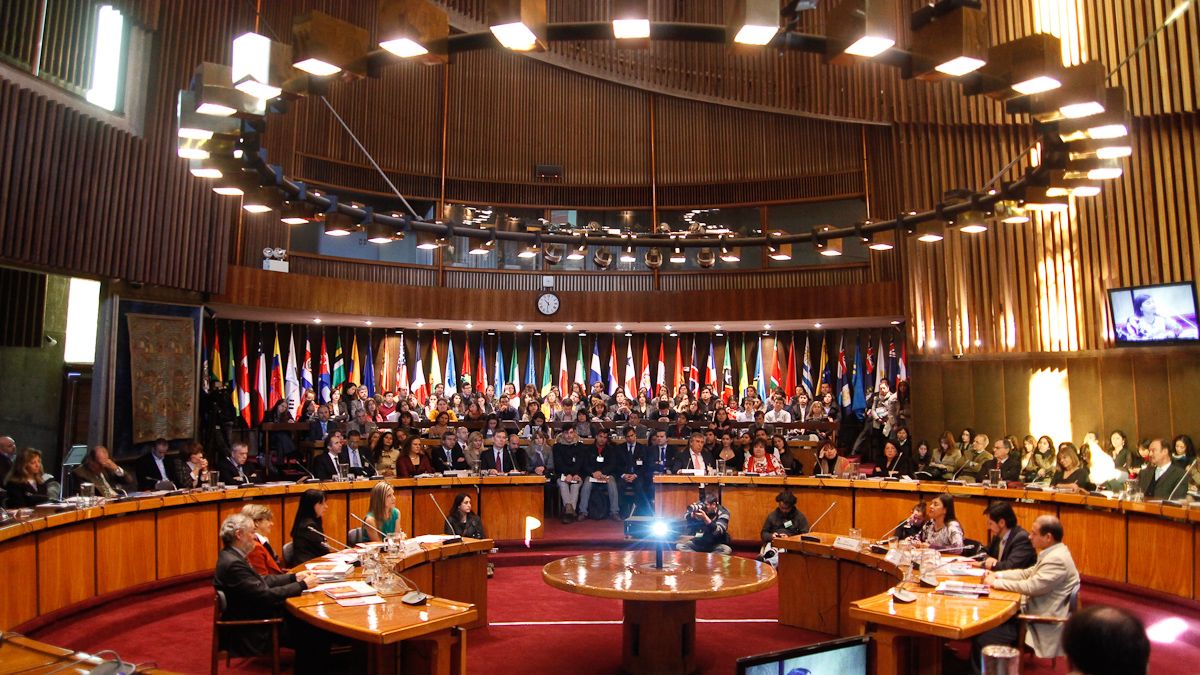In this scenario, by 2025, it is expected that Guyana will lead economic growth in the region with 13.6%, followed by Antigua and Barbuda with 5.8%, Saint Vincent and the Grenadines with 4.7%, Dominican Republic with 4.6%, Dominica with 4.2% and Belize with 4.1%. On the other hand, the economies with the worst performance would be Haiti, with a drop of 0.5%, and Cuba, with a decrease of 0.1%.
ECLAC also highlighted the importance of taking advantage of global value chains to diversify regional economies.
On the other hand, proposed implementing “new generation” policies to promote a productive transformation. This includes areas such as science, technology and innovation, technology transfer, digitalization, promotion of entrepreneurship, reduction of gaps in labor skills, financing throughout the business life cycle, attraction of investments (including foreign direct investment), development of specific infrastructure and other public goods, in addition to the creation of adequate regulatory frameworks and internationalization.
The organization stressed that carrying out productive development policieso requires solid and efficient institutions, capable of designing, implementing, monitoring and evaluating initiatives in different sectors. The necessary technical capabilities include the formulation and application of productive development strategies that are well integrated and coherent with other areas of development, within the framework of strategic and coordinated planning.
Growth projections for the region
The Economic Commission for Latin America and the Caribbean (ECLAC) increased its growth projections for the region in 2024, adjusting them from 1.8% to 2.2%, while for 2025, the forecast rose slightly from 2.3% to 2.4%.
For next year, South American economies are expected to cincrease 2.1%, those in Central America 2.8% and those in the Caribbean 11%, although without including Guyana, GDP growth would be limited to 2.5%. ECLAC anticipated that in 2025 there will be a rebound of 2.6% in South America and 2.9% in Central America. In the Caribbean, economic growth by 2025 would reach 5.7%, but without Guyana, it would drop to 2.6%.
During the period 2015-2024, it is estimated that the region will have an average annual growth of 1%, which means that GDP per capita would remain stagnant.
What is expected from inflation in the region
Regional inflation is expected to continue declining, reaching 3.4% in 2024. Despite approaching the 3.0% target that many central banks have, the projected level remains higher than pre-pandemic values.
ECLAC also pointed out that, internally, the Private consumption will continue to be the main driver of growth in the region. However, investment prospects in 2025 are less encouraging due to weakness in public spending.
Globally, stable economic growth is forecast for 2025, at a rate of 3.2%, driven mainly by emerging economies in Asia, while advanced economies, including the United States, would experience a slowdown.
As for the international trade, is expected recovery with a growth of 3.4%, exceeding 3.1% projected for 2024 and surpassing the growth of global activity. Furthermore, international financial conditions are anticipated to improve thanks to more flexible monetary policies and lower global inflation.
However, the space for macroeconomic policies remains limited due to factors such as weak external demand, high raw material prices and difficulties in accessing financing, which affects both internal and external balances.
Economies with the best and worst performance in Latin America and the Caribbean
Among the main regional economiesBrazil is expected to grow 3.2% in 2024 and 2.3% in 2025, while Mexico would grow 1.4% and 1.2% respectively. Chile would have growth of 2.3% in 2024 and 2.2% in 2025, while Colombia would experience an increase of 1.8% and then 2.6%, and Peru from 3.1% to 2.7 %.
By 2024, the best growth prospects are in Guyana (41.5%), Belize (7%), Venezuela (6.2%), Antigua and Barbuda (6%), Dominican Republic (5.2%), Dominica (4.6%), Saint Vincent and the Grenadines (4.5%), Paraguay and Grenada (4.2%) and Costa Rica (4.1%).
On the other hand, the economies with the greatest difficulties include Haiti, with a drop of 4%, Argentina with a contraction of 3.2%, and Cuba with a decrease of 1%. Ecuador would have a very modest growth of 0.8%.
Source: Ambito




